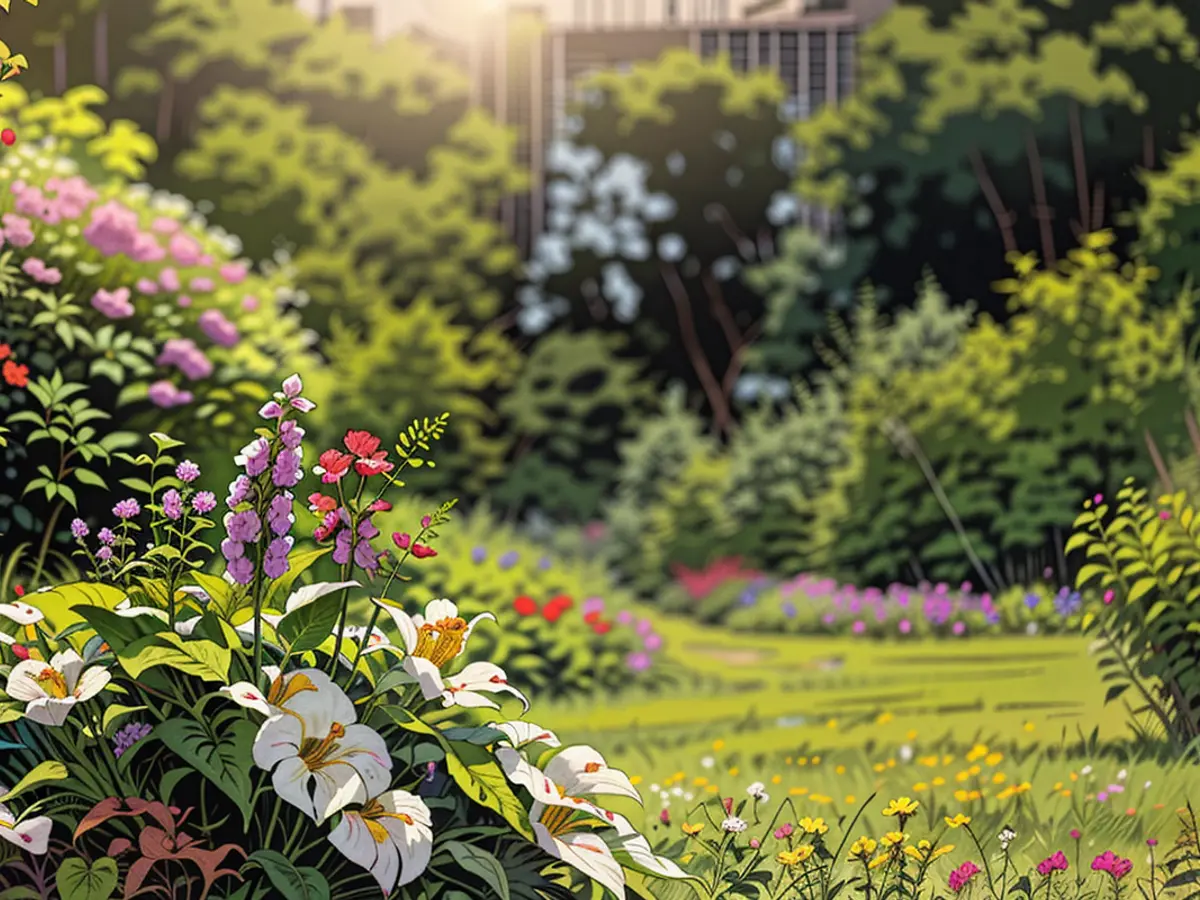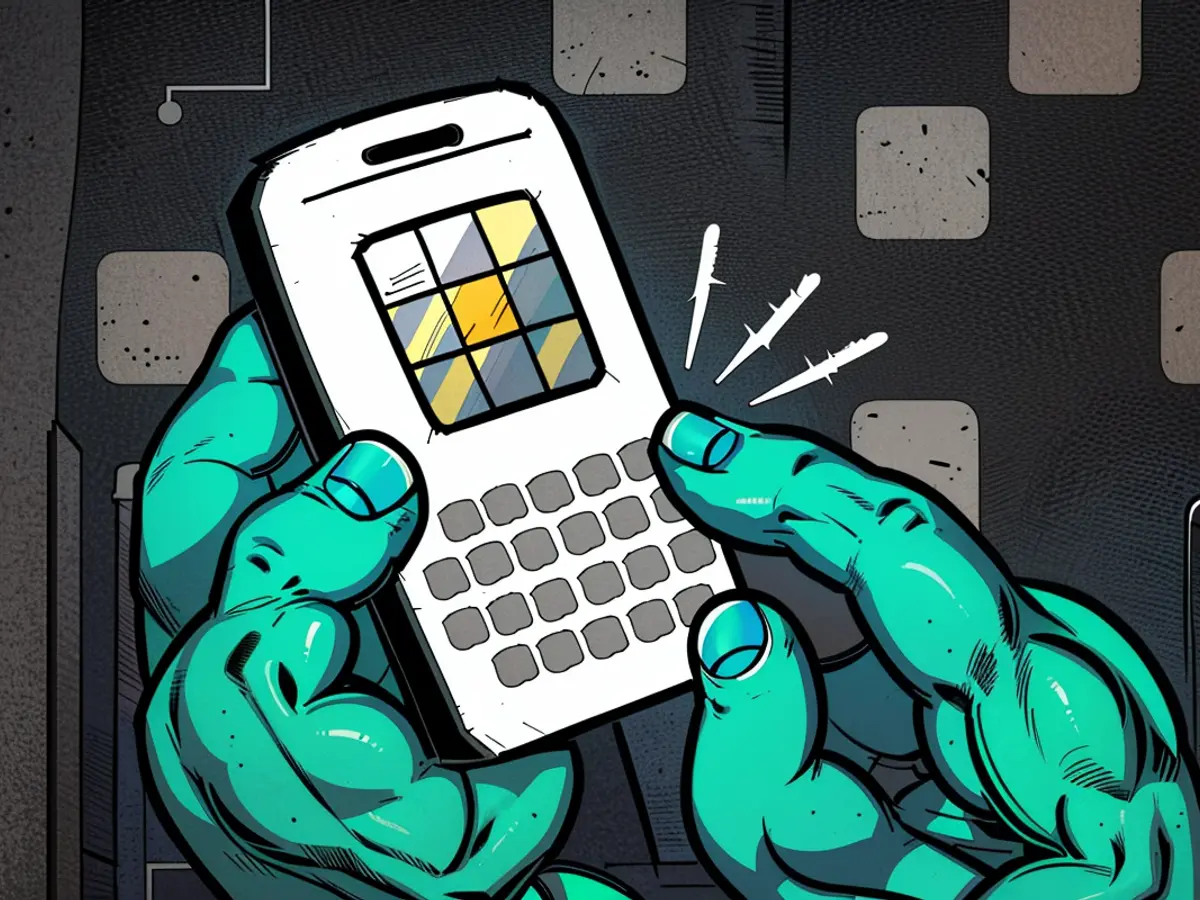All the Gardening Tasks You Should Do in July
July is one of my favorite gardening months, because it feels like a pause. All your vegetables are planted and should be on their way to fruiting. The flowers you got in the ground the last two months should have started to bloom, and the weather isn’t murderously hot yet. There is lots of harvesting to be done, and fall to start thinking about, but I spend a lot of July just walking around the yard, appreciating what’s there.
The daily survey
I wasn’t kidding about taking a daily lap around the garden, which I try to do before the sun is too high in the sky. Each morning, I walk around with my garden hod, and a bucket. Take note of how things are doing and what needs more water or perhaps a fertilizer boost, and look for infestations. If you see a weed, pick it and chuck it into the bucket. If something needs to be harvested, add it to the hod. Top up your water features and bee stations and try to spend a few moments just sitting and appreciating all the hard work over some snap peas or raspberries.
Water, water everywhere
The headline for this month is dialing in irrigation since it’s likely the first time this year you really need it on a consistent basis. As temperatures climb, it’s imperative to have consistent water at the root of plants. Test your irrigation or watering systems if you haven’t yet and get them turned on. Check in for the first week or two and make sure the ground is getting moist about six inches under the topsoil and adjust the water as necessary. It’s never too late to mulch to conserve water and protect plant roots. Remember that you want a nice thick layer of mulch, an inch isn’t going to do much. Make sure to pull that mulch away from the stems of your plants.
Deadhead to create stronger and more prolific blooms
Most of the summer blooming flowers are “cut and come again” blooms. Cut the flowers and a good stem, and the plant will come back with a stronger, branched stem. Some flowers, like stock, are single bloom (they bloom only once, on one stem, so chop it and it’s over). But zinnia, echinacea, and snapdragons thrive from a chop. This means a summer full of cut flowers, but even if you let flowers stay on the plant, be sure to deadhead every day or so.
Turn over peas and other spring vegetables
At some point around now, your peas will start going brown and crispy from the bottom up. This just means it’s time to turn over the space for summer, and hopefully you have some climbing beans or something else to go into the space. Your spinach, boy choy, and spring broccoli, cauliflower and cabbage have all also flowered by now, so those spaces are ready to turn over for summer or fall.
Sometime this or next month, garlic is going to be ready to come out of the ground, too. Wait for three or four brown leaves and then harvest with a hand spade (do not try to just pull them out of the ground).
If you got potatoes into the ground in spring, you can start harvesting them as soon as they plants begin to flower. Use a spade to turn over the earth and then use your hands to find all the baby potatoes. You can let really tiny seed potatoes fall back into the bed, which will help it perennialize.
Succession plant flowers, lettuce, radish, scallions, beets, kohlrabi and other greens
In the newly empty spaces, remember to keep succession planting going. Get seeds in routinely or starts from the nursery. If you go with seeds, you’ll need to work harder to keep them hydrated so they germinate, once they’re in the ground.
Harvest your berries
It is berry season, so be sure you’re getting all of your berries harvested as they’re ready. Raspberries should be coming to an end, with blueberries in full swing. At some point this month, strawberries will be dunzo, which means you can cut them back fully so they can focus on roots for next year instead of runners. I run the lawnmower over them to accomplish this.
Fall planting
You should have your fall starts started by the end of July, if you’re growing from seed. These starts won’t go in for a month or two, which gives you enough time to get a tray of seeds going now.
In July, I enjoy taking a daily survey of my home garden, where I walk around with a garden hod and bucket to monitor plant health, water features, and harvesting needs. Following this routine, I ensure to deadhead flowers, such as zinnia and snapdragons, to encourage stronger and more prolific blooms. At home, I also turn over peas and other spring vegetables, allowing for succession planting of flowers, lettuce, radish, scallions, beets, kohlrabi, and other greens. Moreover, I harvest berries, such as raspberries and blueberries, while preparing for fall planting by starting seeds for future growth. During this gardening month, I also focus on dialing in irrigation to ensure consistent watering and mulching to conserve water and protect plant roots.








